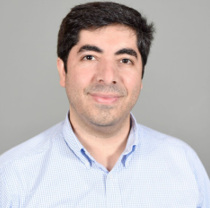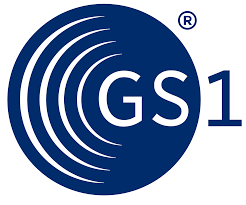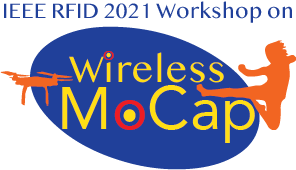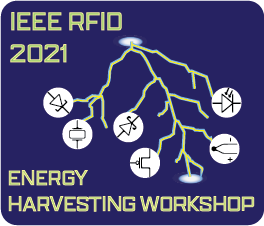Prof. Saeed Zeinolabedinzadeh
Arizona State University
Scaling has considerably improved the speed of silicon devices, offering transistors with fT and fmax well above 300 GHz. This has opened new activities for the circuit design at upper mmW and sub-mmW frequencies. More importantly, the so-called THz frequencies that have been traditionally less exploited, have found promising applications for sensing, communications, imaging, and security. The abundance of available bandwidth at THz frequencies can enable extremely high data rate communication and improved range resolution for radar applications. The reduced wavelength on the other hand provides the opportunity for high resolution imaging. In addition, it allows integrating the antennas on-chip for large phased-array systems. To improve the communication link budget MIMO phased array systems are very promising candidates for the future 6G and beyond wireless communications. The reduced beamwidth and directional communication can decrease the free space path loss at THz frequencies compared to lower frequencies. However, the NLoS environment can greatly attenuate the directive THz signals and will requires innovative techniques such as intelligent reflecting surfaces.
In this talk challenges, potential solutions, and opportunities of wireless connectivity at sub-mmW frequencies toward next generation communication and radar systems including 6G systems and beyond will be discussed. A few examples of the implemented chip scale fully integrated transmitter array and transceiver circuits will be demonstrated.

Saeed Zeinolabedinzadeh joined Arizona State University as an assistant professor in 2018. He received his doctorate in electrical and computer engineering from Georgia Institute of Technology. He was a postdoctoral researcher at Georgia Institute of Technology before joining ASU. For more than ten years, Zeinolabedinzadeh’s research has been focused on developing new RF, millimeter-wave and Terahertz integrated circuits (DC – 300+ GHz), as well as high-speed integrated electronics-photonics circuits for space applications. This includes high-speed IC design for radiation-intensive space environments, as well as design for robust operation over the temperature down to cryogenic temperatures. Zeinolabedinzadeh was awarded 2020 DARPA young faculty award. He is the director of MTP lab at ASU, and his research has been supported by numerous funding agencies including DARPA, NSWC, NASA, and Qualcomm.











